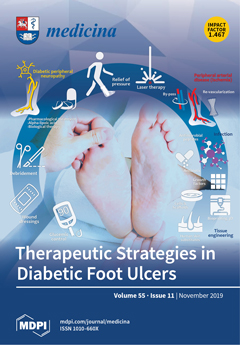Background and objectives: Maximal heart rate (HR
max) is an important training and testing tool, especially in the context of evaluating intensity in exercise prescription; however, few studies have examined the validity of prediction equations of HR
max in physically active female adolescents and the role of maturation level. Therefore, the aim of the present study was to examine the differences between measured and predicted HR
max in a sample of physically active female adolescents.
Materials and Methods: Seventy-one selected volleyball players (age 13.3 ± 0.7 years, body mass 62.0 ± 7.2 kg, height 1.72 ± 0.06 m) performed a 20 m shuttle run endurance test, and the actual HR
max was compared with Tanaka HR
max (‘208 − 0.7 × age’) and Fox HR
max (‘220 − age’).
Results: A large main effect of assessment method on HR
max was found (
p < 0.001,
η2 = 0.486) with Fox overestimating actual HR
max by 6.8 bpm (95% confidence intervals, CI; 4.2, 9.3) and Tanaka underestimating actual HR
max by −2.6 bpm (95% CI; −5.1, −0.1). The more matured participants had similar actual HR
max (mean difference −2.4 bpm; 95% CI; −6.5, 1.7;
p = 0.242, d = −0.28), difference Fox − actual HR
max (1.5 bpm; 95% CI; −2.6, 5.6,
p = 0.466, d = 0.17), and difference Tanaka − actual HR
max (1.7 bpm; 95% CI; −2.4, 5.8;
p = 0.414, d = 0.19) to the less matured participants.
Conclusions: These findings suggest that age-based prediction equations of HR
max developed in adult populations should be applied with caution in physically active female adolescents, and Tanaka should be preferred instead of the Fox equation.
Full article






